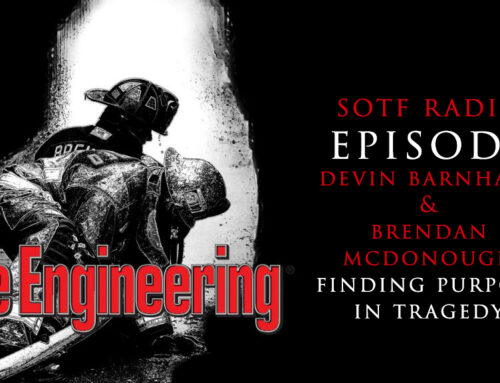The hypermetabolic response from burn injury is the highest of the critically ill patient population. When coupled with the hypermetabolic response, preexisting malnutrition may increase the hospital resources used. The goal of this study was to evaluate the rate of malnutrition in burn patients and the associated hospital resource utilization.We collected prospective data on burn patients ≥ 18 years with a burn ≥ 10% TBSA admitted to a regional burn center. Demographics, %TBSA, co-morbidities, length of stay (LOS) and standardized LOS (LOS/%TBSA) were evaluated on 49 patients. A multivariable regression model was constructed. Nutrition assessment was completed within 24-48 hours of admission including an SGA (Subjective Global Assessment) classification. SGA A (well-nourished) was compared to SGA B and C (malnourished). Fourteen patients (28.6%) in this study were malnourished. Malnourished patients were not statistically different with respect to median age (50 versus 39; p = 0.08] and BMI (22.9 versus 26.5; p = 0.08) compared to the well-nourished group. However, malnourished patients had significantly longer median LOS (21.0 versus 11.0 days, p = 0.01) and LOS/%TBSA (1.69 versus 0.83, p = 0.001) than the well-nourished group. Being malnourished was a significant independent predictor of above median LOS/%TBSA (p=0.027) with an odds ratio (OR) of 5.61 (95% C.I. 1.215-25.890).The rate of malnutrition is important given the high metabolic demands of these patients. Malnutrition increased the resource requirements via higher standardized LOS. This underscores the importance of completing SGA on admission to identify malnutrition early on to optimize nutrition intervention during the patients’ hospital stay.




